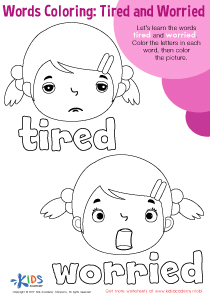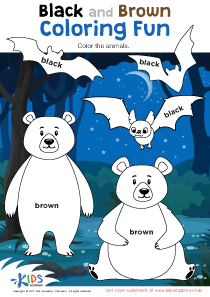Letter Tracing English for Beginners Worksheets for Ages 4-6
6 filtered results
-
From - To
Discover our engaging "Letter Tracing English for Beginners Worksheets" designed specifically for children aged 4-6. These printable worksheets provide a fun and interactive way for young learners to practice their handwriting while reinforcing letter recognition and phonics skills. Each worksheet features colorful illustrations that capture children's attention, making learning enjoyable. Perfect for homeschool settings or supplementary practice, these exercises are tailored to support ESL learners and will cultivate confidence in writing. Help your child develop essential foundational skills in a playful manner. Explore our collection today and watch as your child's writing abilities blossom!
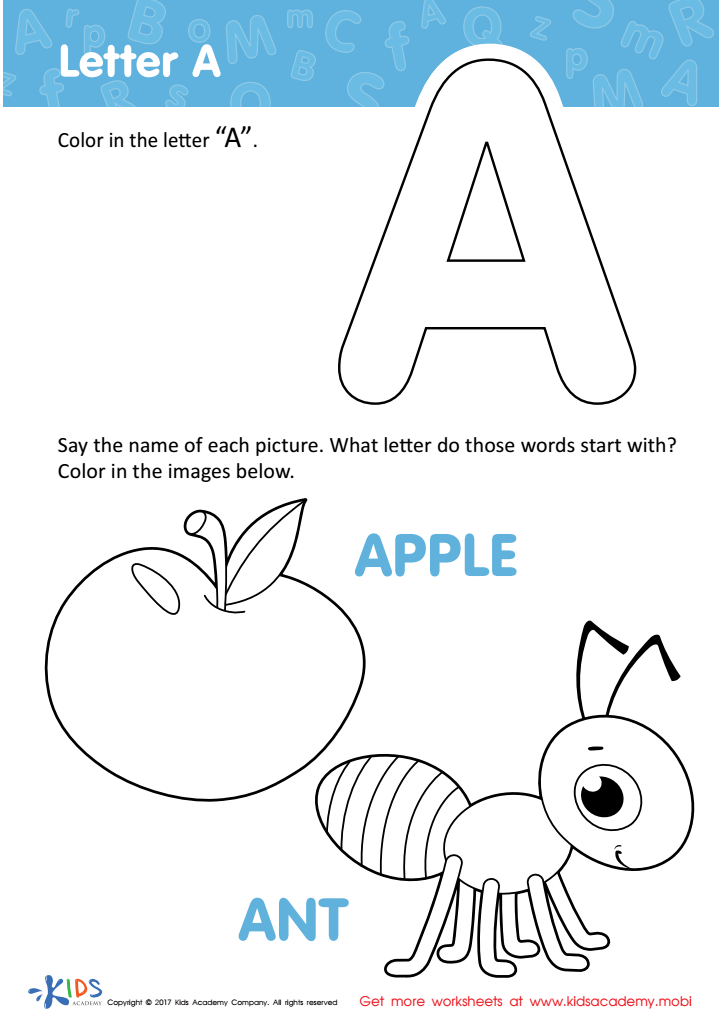

Letter A Coloring Sheet
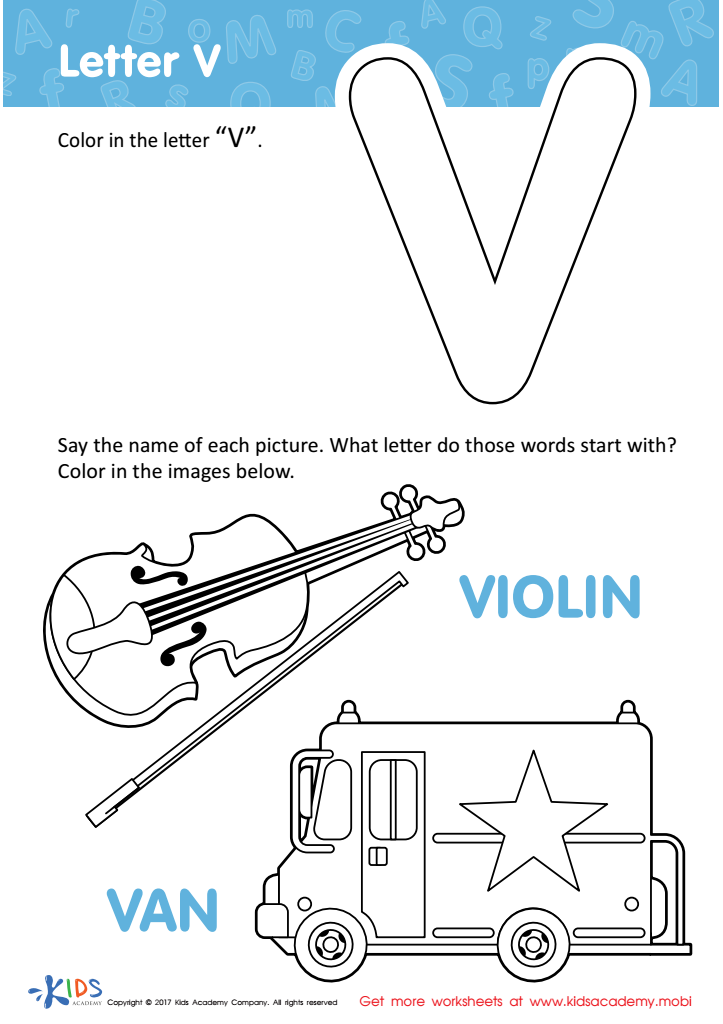

Letter V Coloring Sheet
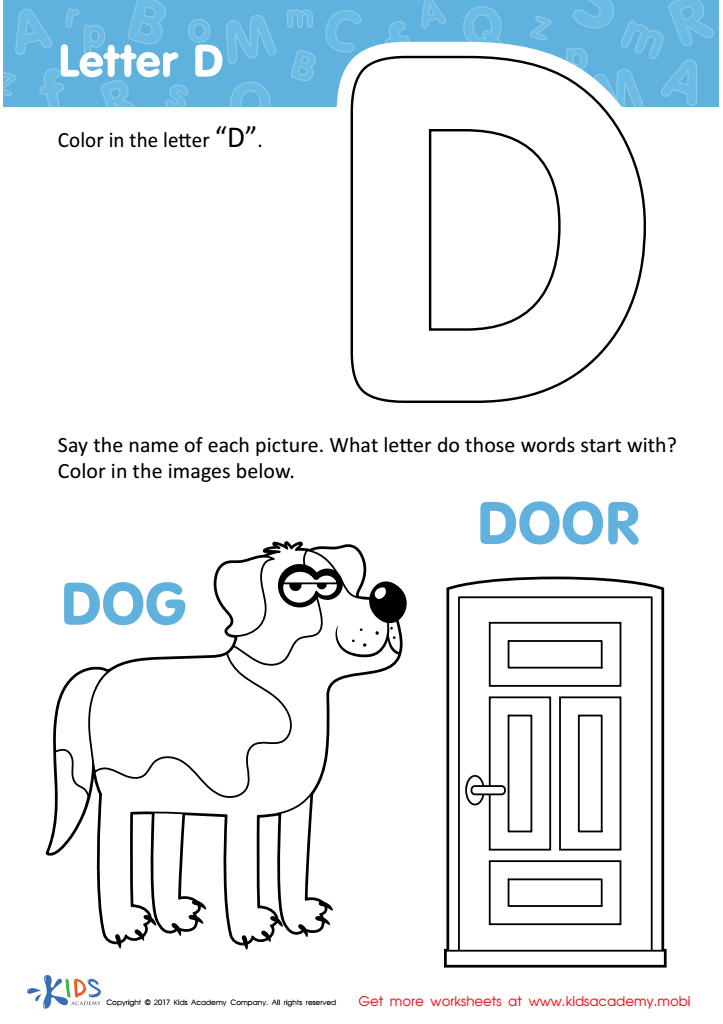

Letter D Coloring Sheet
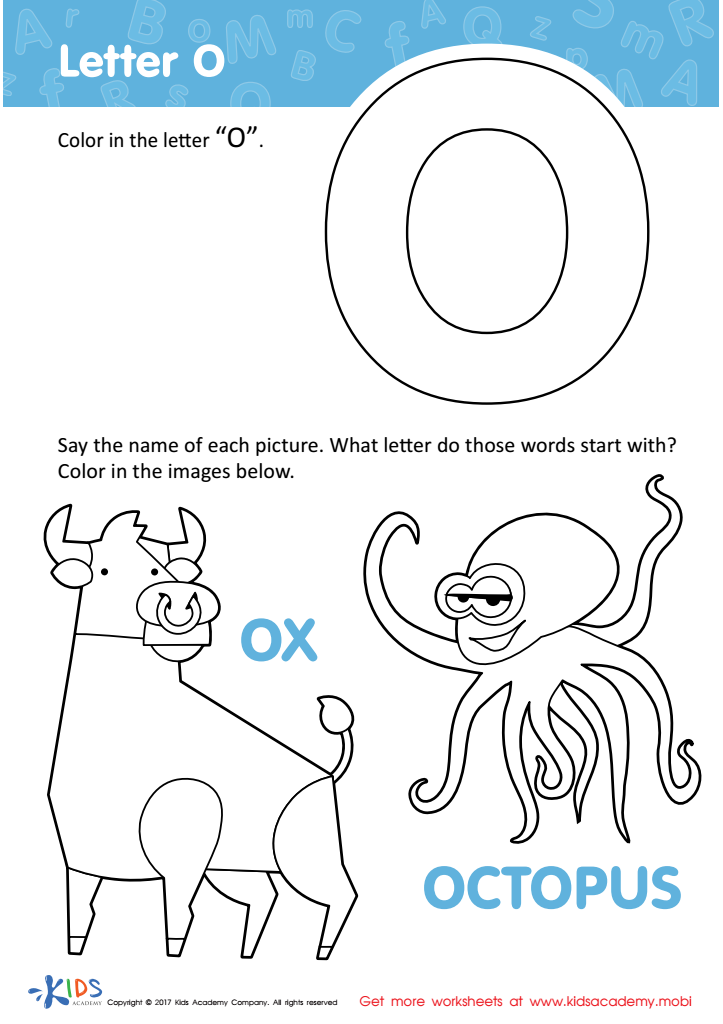

Letter O Coloring Sheet
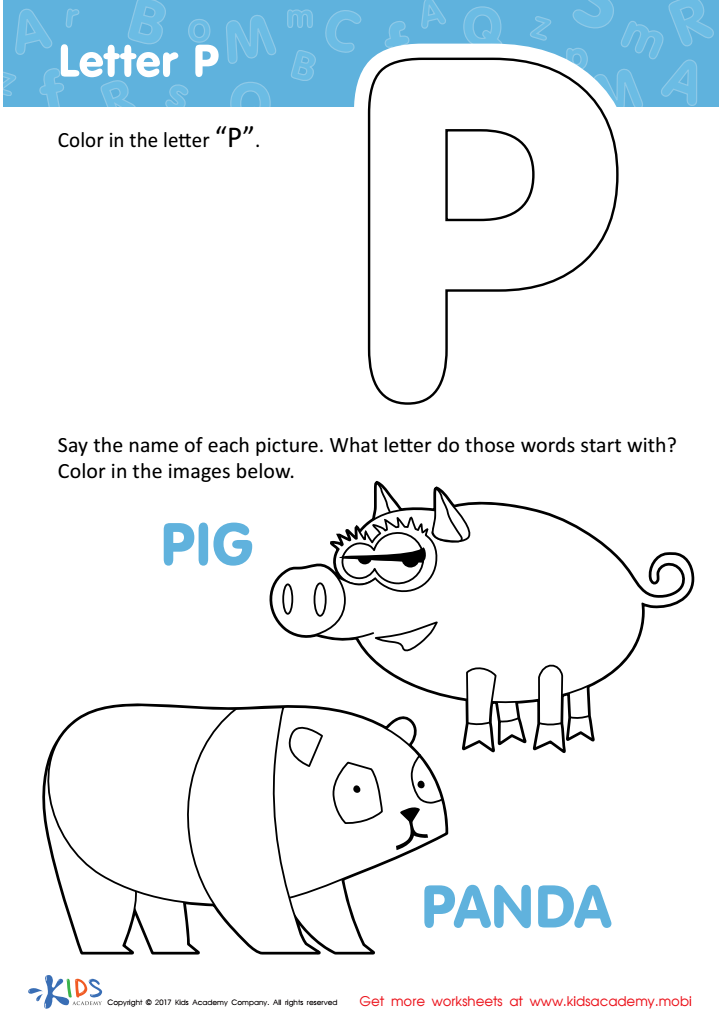

Letter P Coloring Sheet
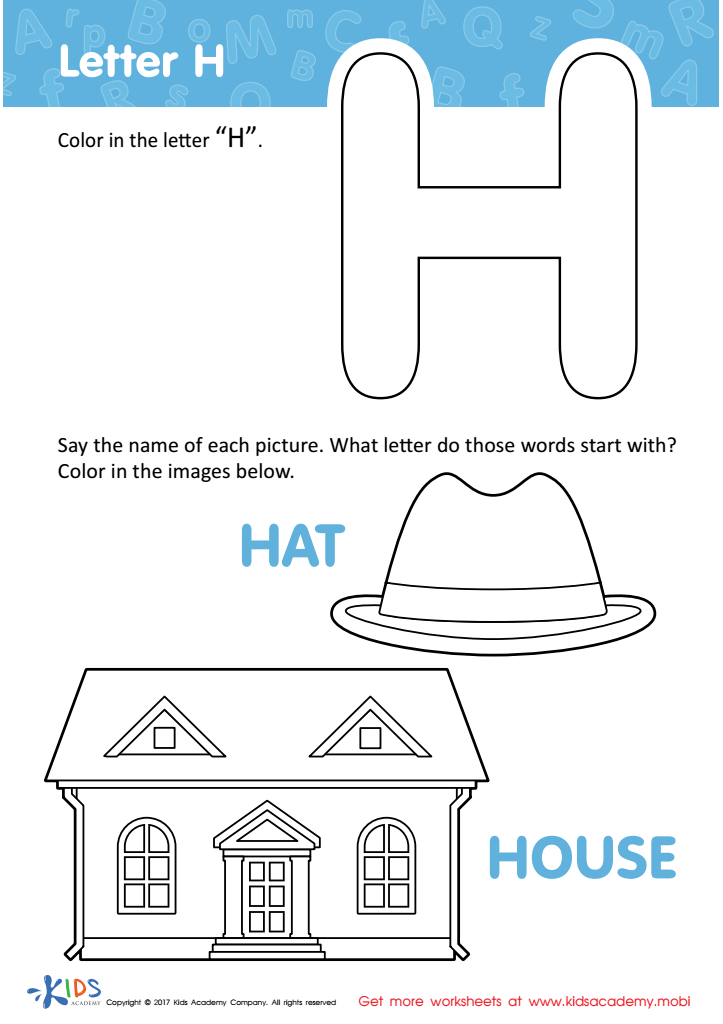

Letter H Coloring Sheet
Letter tracing for beginners aged 4-6 is a vital foundational skill that supports early literacy development. For parents and teachers, engaging children in letter tracing activities provides numerous cognitive and physical benefits. First, tracing helps develop fine motor skills, improving hand-eye coordination, which is crucial for writing. As children learn to shape letters, they enhance their dexterity, preparing them for more complex writing tasks later on.
In addition to motor skills, letter tracing lays the groundwork for letter recognition and phonemic awareness. By tracing letters, children not only learn their shapes but also associate them with sounds, fueling their ability to decode words when they begin to read. This early exposure helps prevent future reading difficulties and builds confidence.
Moreover, these activities can be enjoyable and engaging with the use of colorful worksheets or interactive tools. Parents and teachers can incorporate tracing into play, fostering a positive attitude toward learning. Overall, letter tracing provides a comprehensive approach to early education, helping children form critical connections that serve as building blocks for lifelong literacy skills. Investing time in this activity can lead to future academic success and a strong foundation for communication.
 Assign to My Students
Assign to My Students







